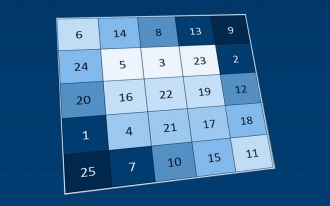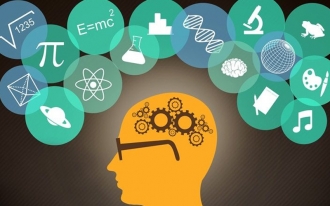- BRAINTRAIN |
- Blog |
- Attention |
- Developing Attention in Children

Bogdan Moroz 18.10.2019 1365 Comments
Lack of attention in children is a major cause of academic underperformance and delayed development, as it prevents them from focusing on specific objects or phenomena, processing information, and storing it in long-term memory. Understanding this, parents strive to enhance their children’s attention and motivation, but for effective results, it’s essential to grasp the basic aspects and components of this process. Additionally, consider the natural stages of a child’s life and development, during which certain types of attention predominate.
What Constitutes Your Child’s Attention?
Attention can be broken down into six distinct indicators that characterize a person’s attentiveness, which are the focus of specialized exercises and attention trainers:
- Attention Stability – This ability depends on the stimulus strength and the development of voluntary attention, measured by how long an object can hold a child’s interest. Rapid switching between objects indicates underdeveloped stability, though this is normal for early preschool age. With age and training, this indicator should improve.
- Selectivity – A skill more common in trained individuals, allowing focus on important processes or objects while ignoring distractions. Selective attention is voluntary, requiring an understanding of key stimuli and the ability to prioritize correctly.
- Attention Span – The number of objects or processes a person can hold in their mind simultaneously. This largely depends on regular training and workload, with only a minor genetic component. Expanding this capacity enables multitasking without sacrificing accuracy or quality.
- Concentration – The strength with which an object or phenomenon is held in focus. Insufficient concentration increases the likelihood of distraction. Many developmental games train this ability, while its opposite—absent-mindedness—negatively impacts performance in any field.
- Switching – The ability to quickly shift focus from one object to another. This is crucial for high intellectual productivity, as it supports efficient information processing in education without requiring long breaks between tasks.
- Distribution – The pinnacle of mental activity, allowing attention to be allocated to multiple processes simultaneously, with varying priority and concentration. For example, a driver monitors traffic while noticing dashboard indicators, pedestrians, and billboards. This skill is closely tied to attention span.
Regular training targeting these indicators can successfully develop children’s attentiveness at any age, using tasks tailored to specific types of concentration.
Involuntary Attention, Dominant in Preschool Children
In early life, children’s attention is drawn to various stimuli, but its stability and concentration are weak, causing them to lose focus with each new object. Stimulus strength (bright colors, loud noises, movement, size) is a key factor, but as children grow, selectivity emerges. Preschoolers can focus on engaging games for extended periods, though this depends on their interest in the object.
Parents should present training in a fun, game-like format, using objects that hold a child’s attention for longer. Games should have a clear goal to teach children to strive for results, gradually shifting from uncontrolled to purposeful actions (e.g., building a sandcastle or assembling a toy house).
Early voluntary attention also needs nurturing, often through parental expectations like putting toys away or making the bed, helping children learn to focus on required outcomes.
Voluntary Attention – An Effective Way to Absorb New Knowledge
Developing voluntary attention requires proper presentation of educational material, acknowledging that dominant attention types don’t change instantly. In early school years, material should leverage involuntary attention with vibrant posters, models, and interactive elements to captivate students.
In middle school, voluntary attention improves, enabling focus on less engaging subjects. Motivation is critical here, as appealing outcomes can drive effort in uninteresting tasks. Parents and educators should emphasize motivation and engaging educational elements.
Older students can focus on abstract concepts, reflecting on their meaning and properties. Content becomes more important than visuals, though the latter remains relevant. Motivation remains a key driver of effective learning.
Proper Attention Development
Here are key aspects that directly influence attention training in children of any age, making the process more effective and manageable.
Emotions – A Powerful Tool for Sustaining Attention
Parents often notice that children struggle to focus on a textbook task but can spend hours engrossed in a game requiring high concentration. This isn’t about fatigue—emotions drive engagement. Even dull tasks become engaging with competition or rewards. Psychologists design attention trainers as games of varying complexity, with genres and levels tailored to different ages, ensuring positive emotions.
Interest in the Outcome – The Key to Voluntary Attention
A clear goal can motivate older students to tackle uninteresting tasks. This also applies to adults overcoming challenging work periods. Motivation doesn’t need to be material—peer recognition, praise from elders, or status in certain circles can suffice.
Task Switching Prevents Fatigue
Prolonged focus inevitably weakens attention due to physical and mental fatigue. While physical health relies on nutrition, oxygen, exercise, and sleep, mental stamina benefits from task switching. Short bursts of focus on different activities are more effective than prolonged engagement in one task.




